Recently, I acquired a Brother KH-930 knitting machine (see manual). After watching a couple of YouTube videos, I felt confident enough to try my hand at making a few test swatches out of different materials at different gauges.
Swatches
See below for descriptions of the swatches I created for several different yarns I had on hand. Hover over (or click) the images for quick descriptions of the number of needles cast on and the machine tension setting.
Cotton
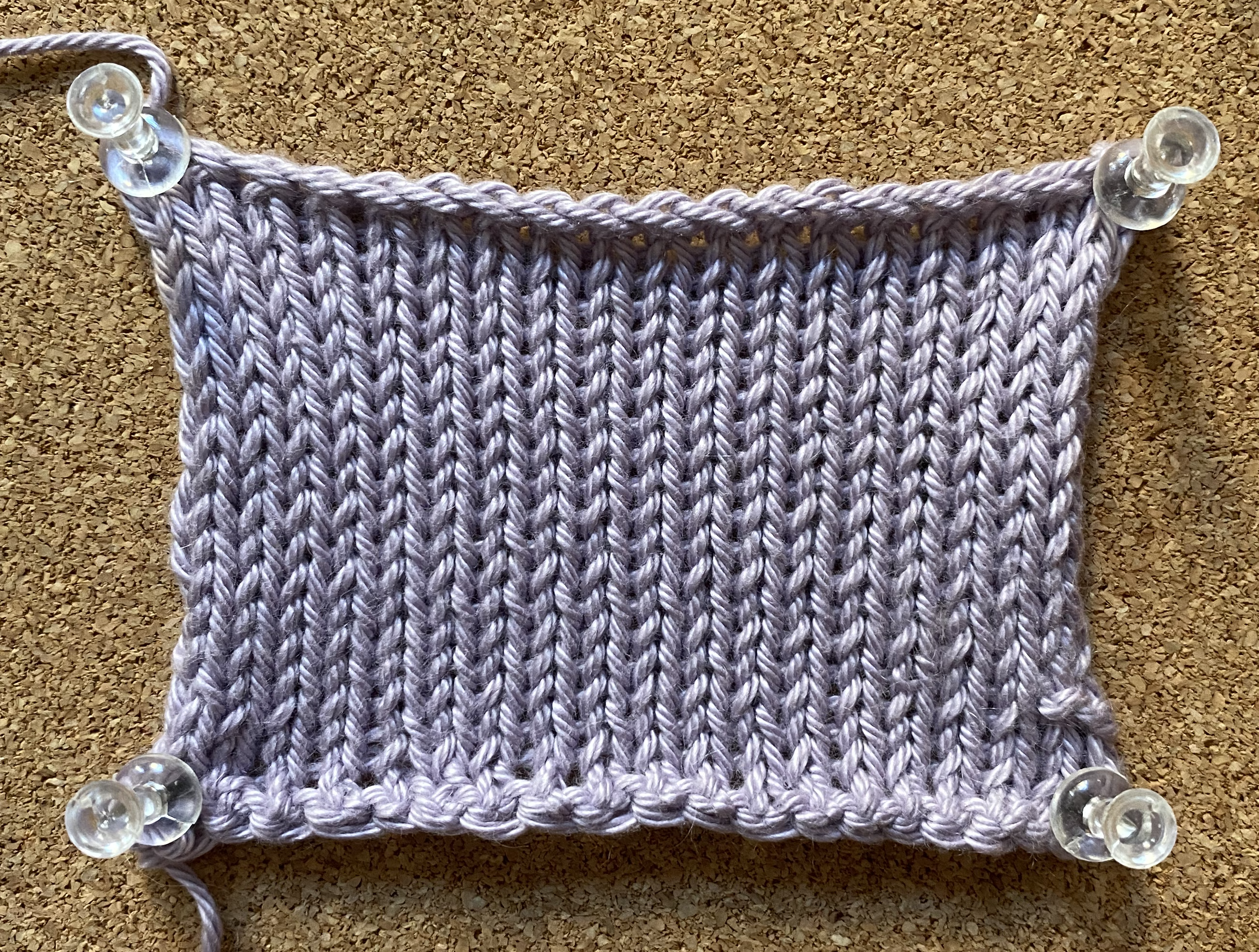
Pima cotton, 20 needles cast on @ Ti-10
Cotton-linen blend

Cotton-linen blend, 20 needles cast on @ Ti-10
Silk-mohair blend
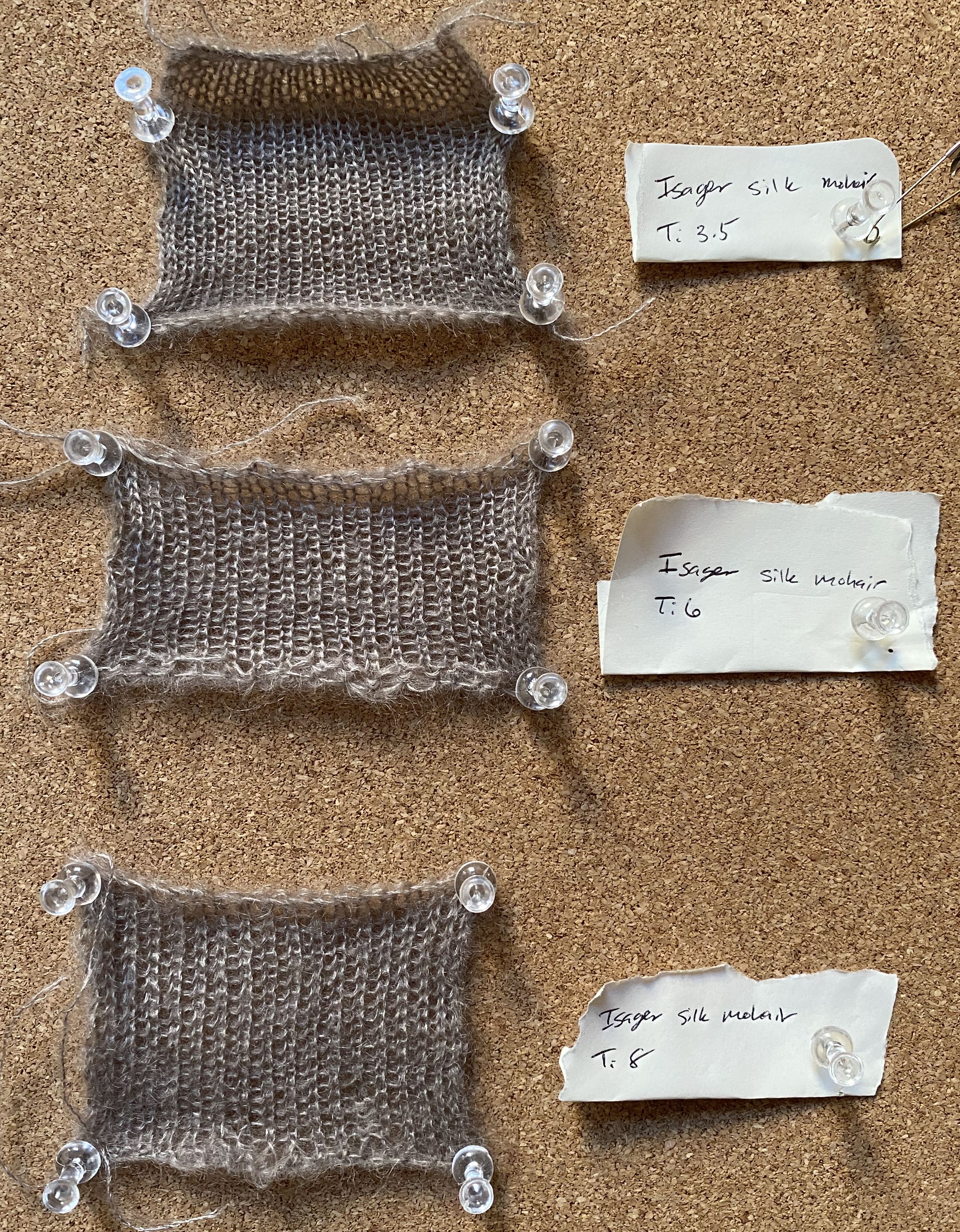
Silk mohair blend swatches
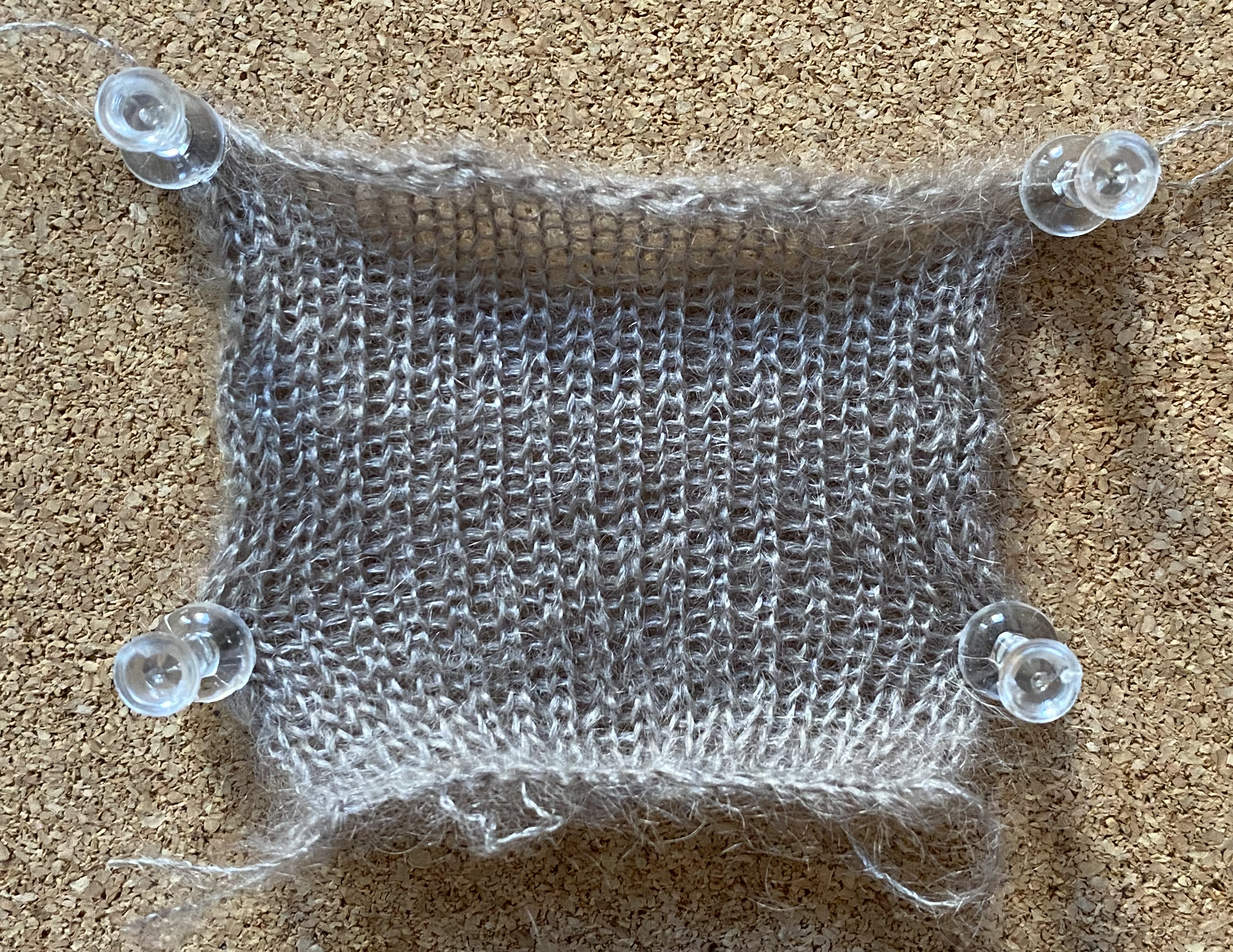
Silk mohair, 20 needles cast on @ Ti-3.5
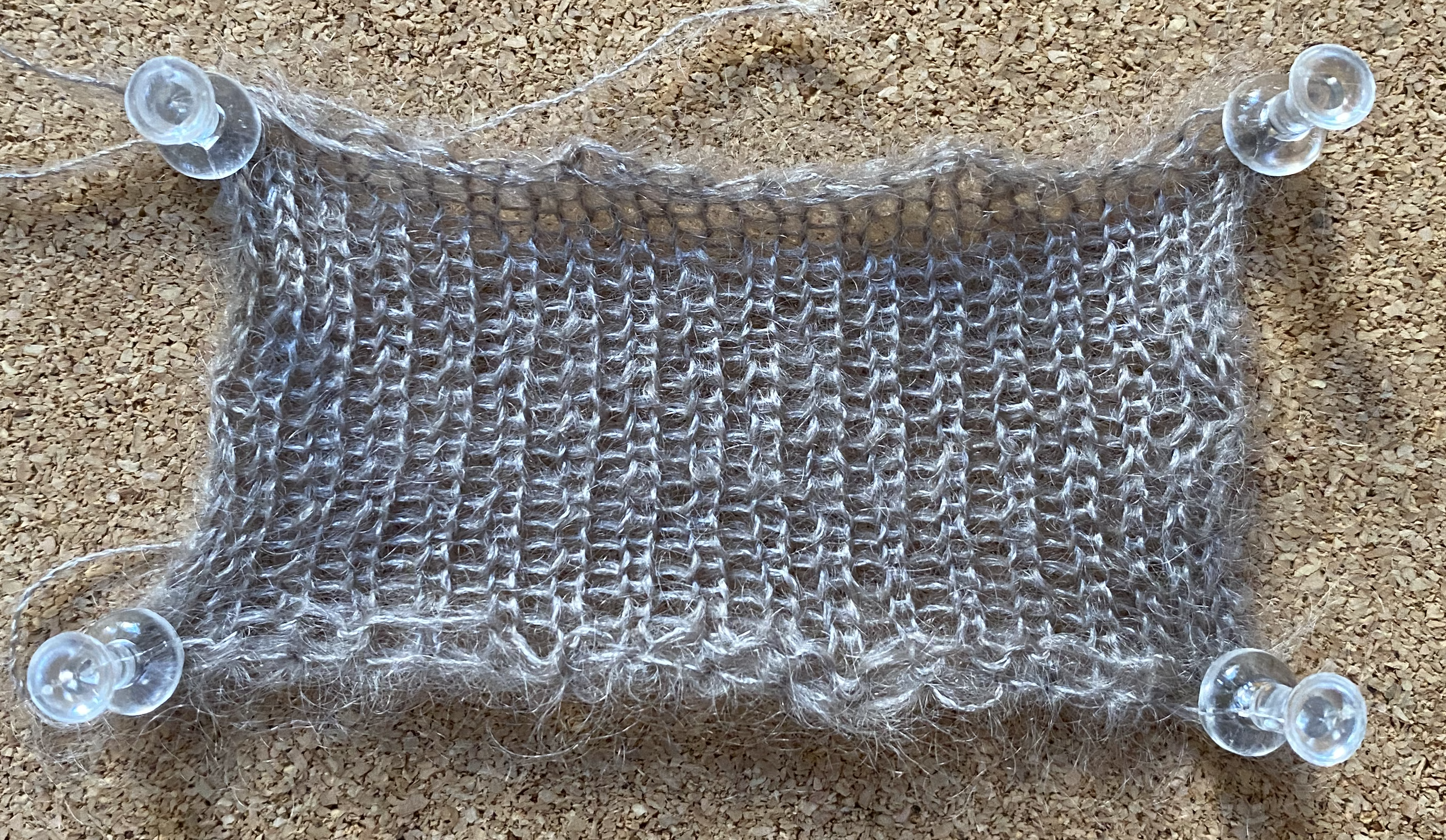
Silk mohair, 20 needles cast on @ Ti-6
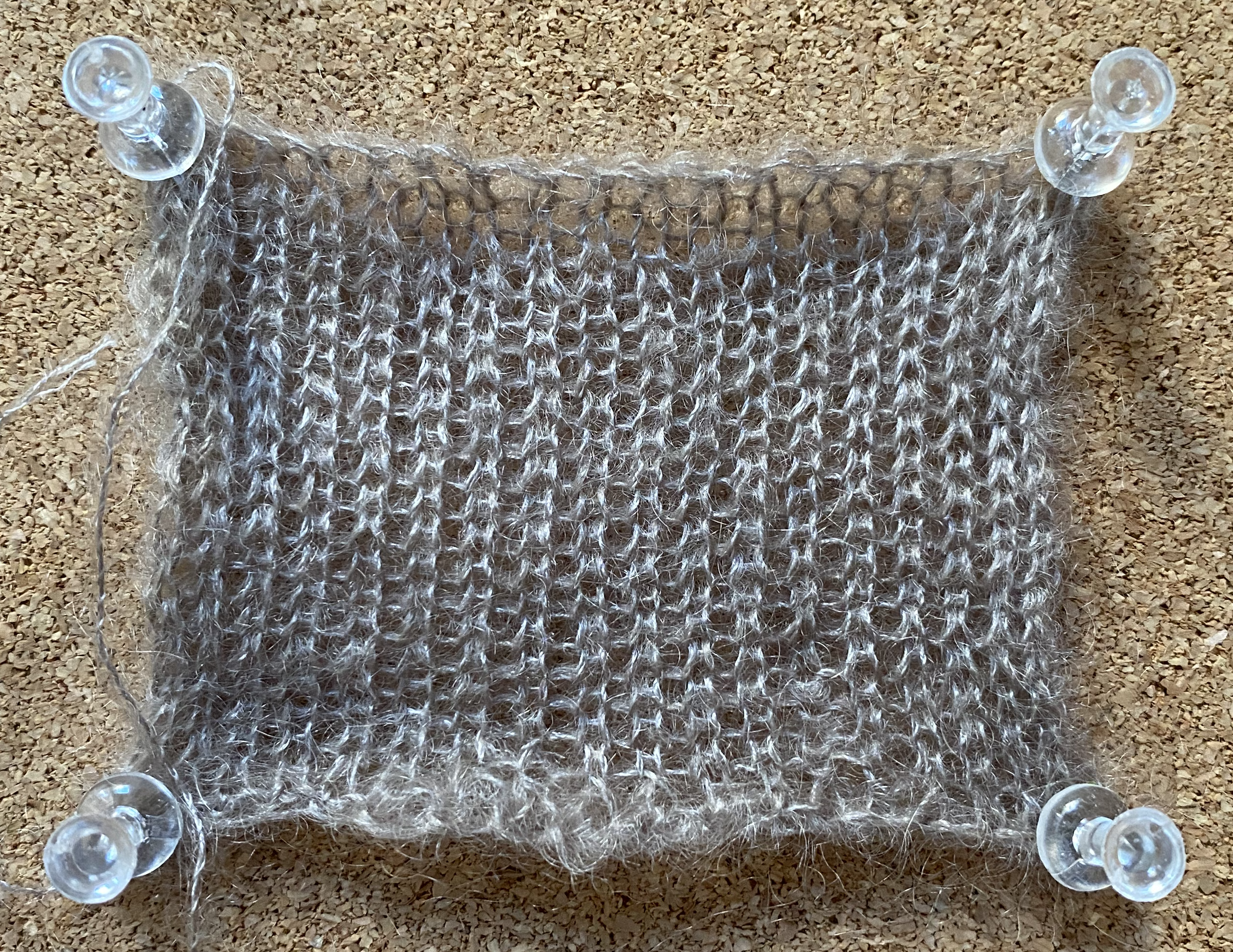
Silk mohair, 20 needles cast on @ Ti-8
Wool
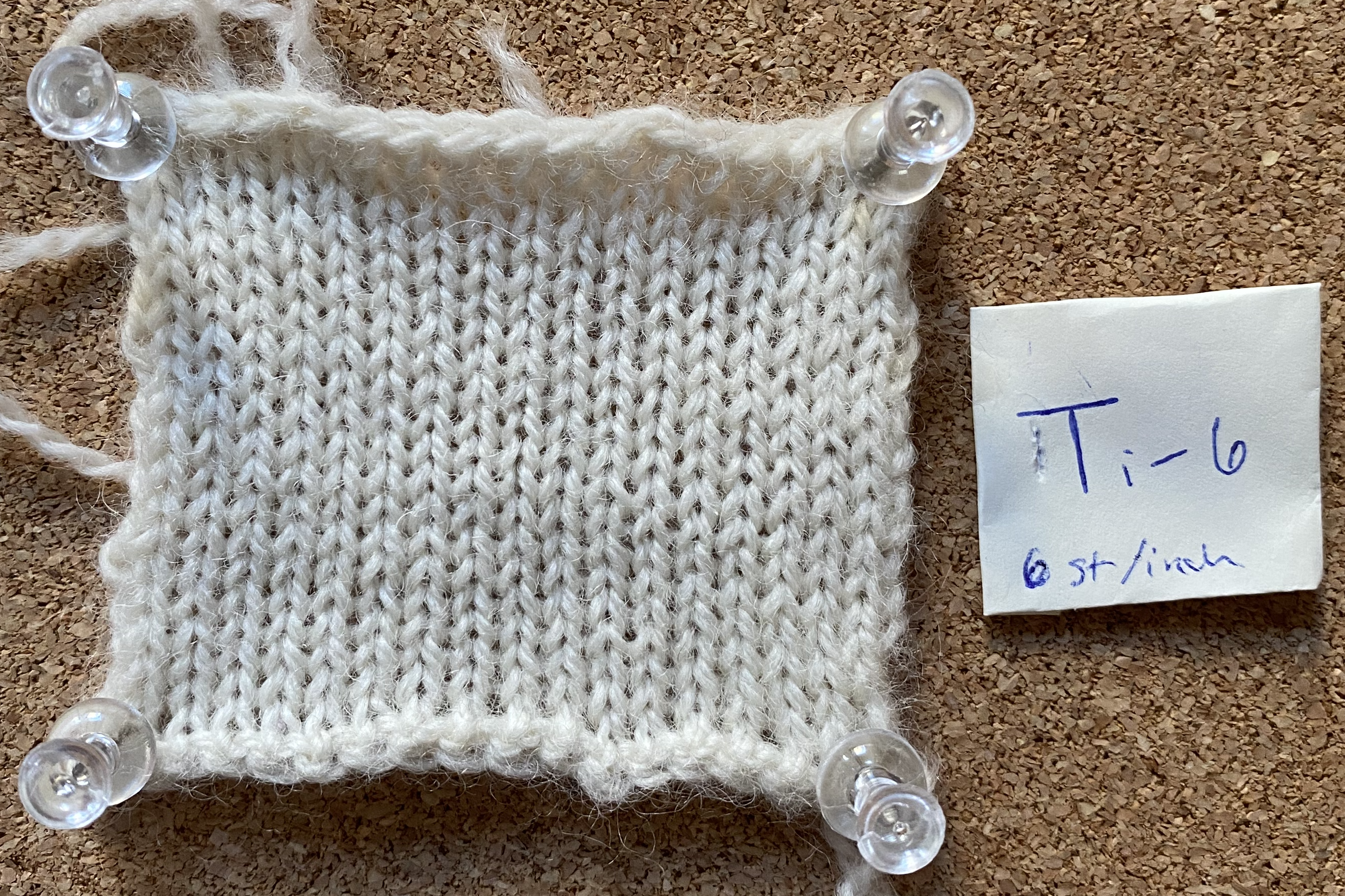
Wool, 20 needles cast on @ Ti-6
Learnings
Machine knitting is FAST
I was blown away by how quickly the machine knits. As someone used to spending time on the order of minutes to hand-knit a single row, it was wild to see the machine "printing" fabric. I am excited by the possibility for faster iteration that this will unlock.
Casting on/off with waste yarn
I initially used the e-wrap cast-on method and experimented casting off with both the loop through bind-off and the sewing bind-off. I found that it was far easier to cast on and off using waste yarn, single-crocheting the edges, and then unraveling the waste yarn. This was much faster, especially for casting off.
Yarn weight for machine vs. hand knitting
The optimal yarn weight for machine knitting differs notably from hand knitting. While I typically prefer DK weight yarns for hand knitting and rarely work with super bulky options, machine knitting requires much finer yarns, which was initially intimidating for me -- in hand knitting, a fine yarn means a final piece will take a long time to complete. However, the machine's rapid knitting speed more than compensates for using lighter weight yarns.